How Does a Fitness Tracker Work?
Fitness trackers have recently grown in popularity and sophistication. Purchasing this handy gadget is often the first step for people looking to live a more active lifestyle. If you’ve decided to improve your fitness levels, you might wonder how exactly a fitness tracker works.
If so, you’re in luck. This article will break down everything there is to know about fitness trackers. Keep reading to learn more.
What Can a Fitness Tracker Monitor?
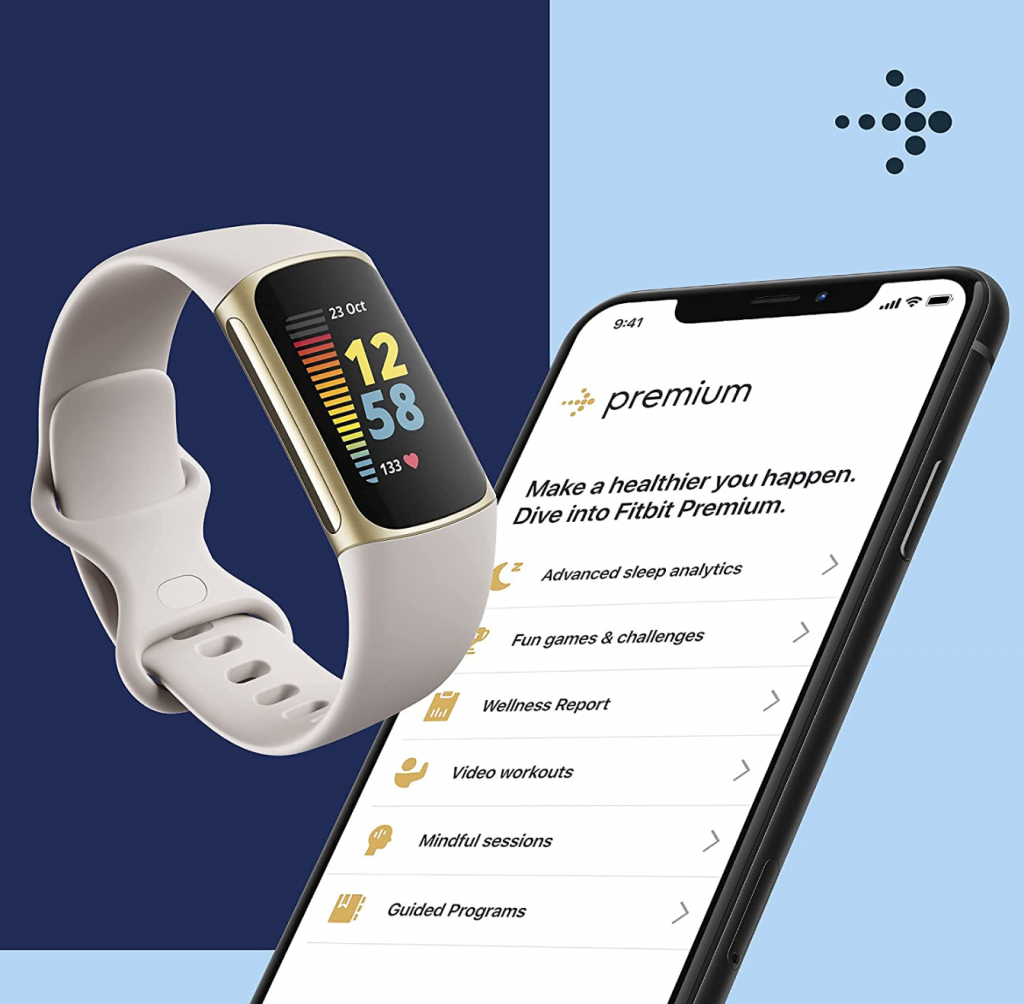
People typically associate fitness trackers with counting steps and use them to reach the well-established benchmark of 10,000 steps per day, but the truth is fitness trackers can do so much more. Some of the most common functions of these helpful gadgets are as follows:
- Monitoring your sleep
- Measuring how many calories you’ve burned
- Counting how many floors you’ve climbed
- Counting how many miles you’ve walked
- Monitoring your heart rate
Basically, you can address almost any area of health, fitness, and overall well-being using a fitness tracker.
What Features Do Fitness Trackers Have?
Fitness trackers use built-in sensors to gather information. The more sensors a tracker has, the more data it can collect. Additionally, the data is likely to be more accurate if it relies on multiple sources.
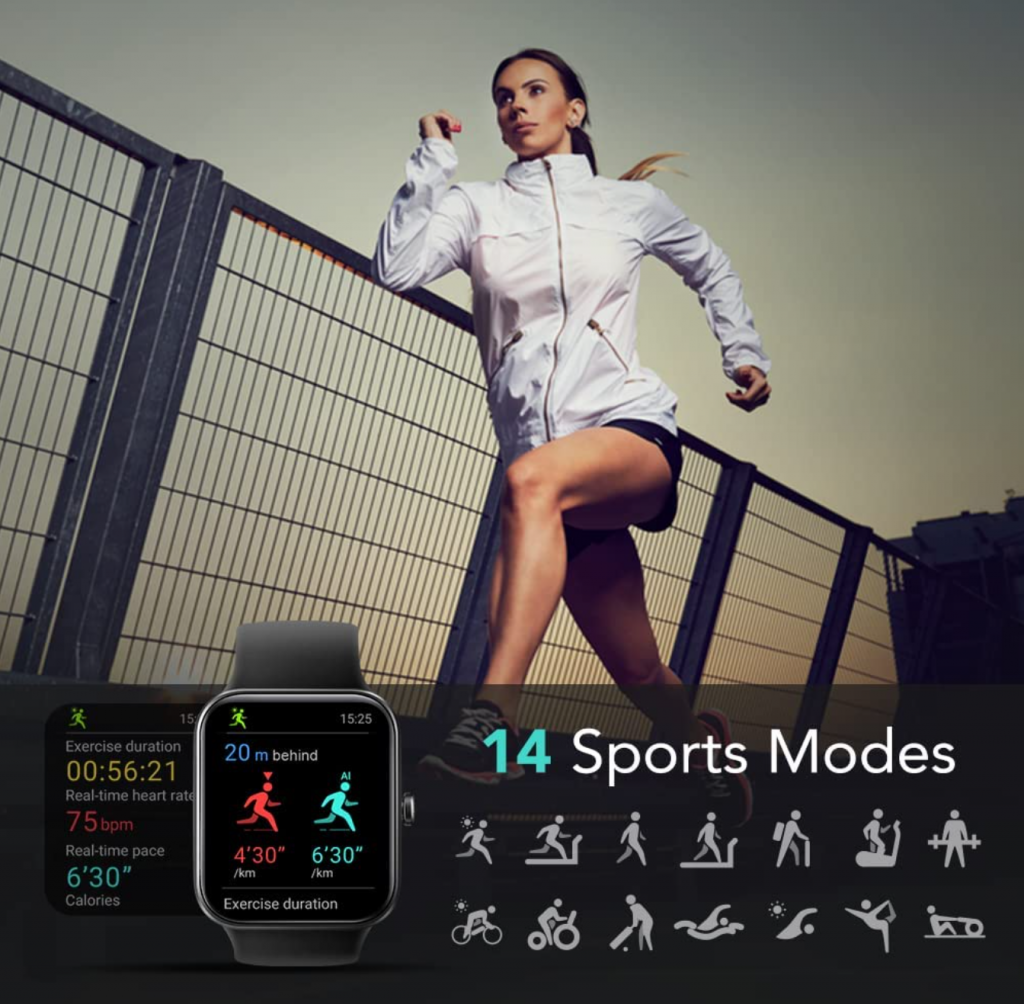
Generally speaking, sensors react to your movements and focus on the following:
- Acceleration
- Duration
- Intensity
- Frequency
- Pattern
The exact combination of sensors depends on the product and the manufacturer. The most popular sensors used in commercial fitness trackers are listed below.
Accelerometer
An accelerometer measures your movement based on a change in speed or direction. It can track your movements, and the sensor will record the steps you take. Most modern fitness trackers use a three-axis accelerometer that can also sense inclination, the orientation of the body, and tilt.
Gyroscope
A gyroscope measures orientation and rotation. If you plan on making more complex workout motions, you might benefit from getting a tracker with a three-axis gyroscope. When paired with a three-axis accelerometer, it can track six degrees of motion. This means you’re free to move however you’d like, knowing your tracker can keep up.
Altimeter
If your go-to activity is hiking or mounting climbing, look for a fitness tracker with an altimeter. This sensor works similarly to a barometer, but instead of pressure, it measures the changes in altitude. If you’re just starting out, this sensor can come in handy when climbing stairs or walking uphill.
Optical Sensor
This sensor uses light on your skin to measure your pulse. By knowing the rate at which your heart pumps blood through your body, it can also measure your heart rate. Your pulse and heart rate are directly correlated, meaning the faster your pulse, the higher your heart rate.
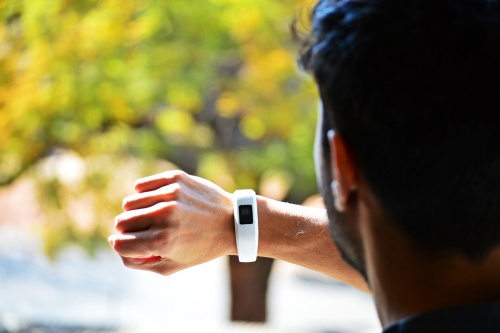
Temperature sensor
Although this sensor doesn’t work exactly like a thermometer, the fundamental goal is the same – to provide a reading of your body temperature. This sensor can help you track how challenging a workout is for your body. The more your body heats up, the more strength it uses to perform the activity.
GPS
Getting a fitness tracker with a GPS is the way to go if you want to ensure it accurately measures distance. There’s no difference between this sensor and the one you probably use in your car to get directions. Fitness trackers with a GPS typically give accurate information, although the reading can be a little off on a cloudy day or under the cover of trees.
How to Set Up a Fitness Tracker?
Judging by the features a fitness tracker can have, it seems there’s nothing it can’t do. However, this gadget can’t do it all on its own.
When you first buy a fitness tracker, you’ll need to enter basic information about yourself. These are usually personal details:
- Age
- Gender
- Height
- Weight
This will allow the tracker to make sense of the collected data.
Another instrumental step is connecting your tracker to your computer or smartphone. These devices use tracker-associated software to process the data you feed into them accurately.
How Does a Fitness Tracker Work?
A fitness tracker continuously records data, provided you wear it and power it up. It will sense the movements of your body, regardless of the activity you engage in.
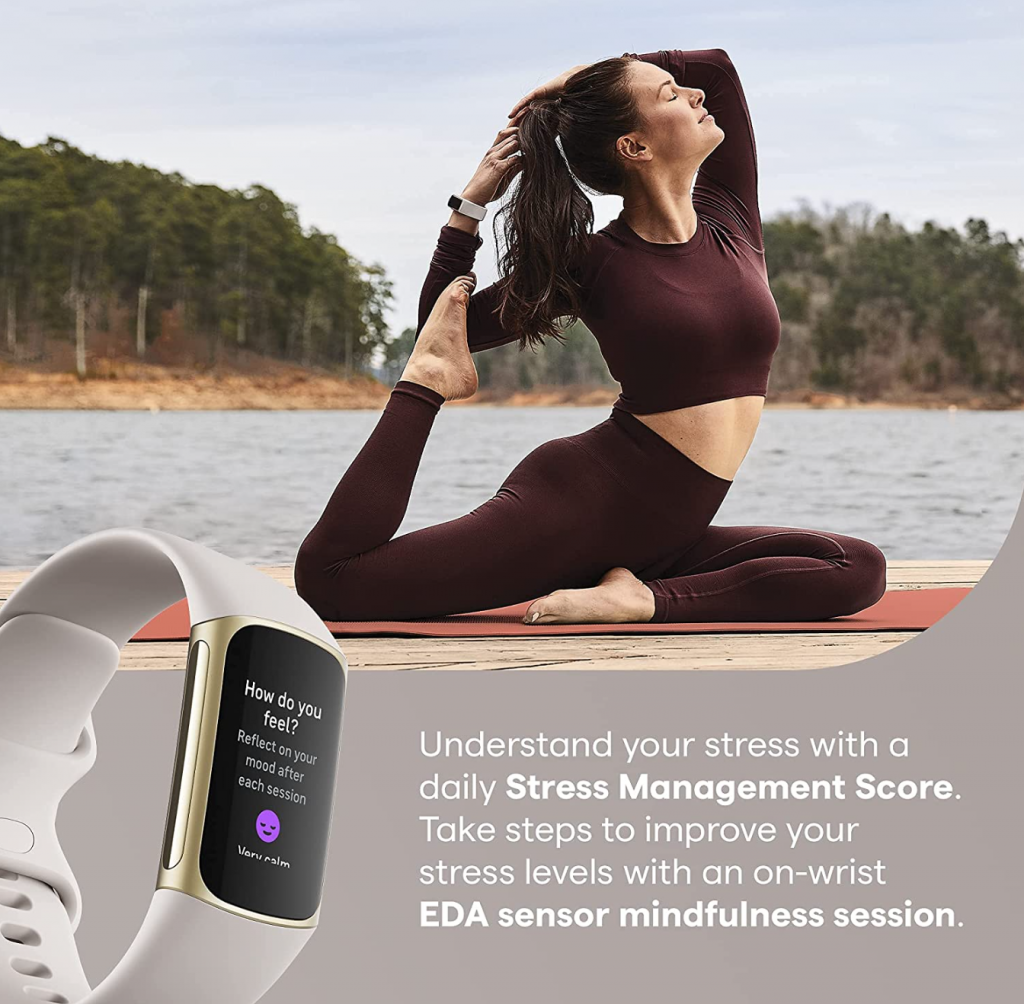
When you access the software associated with the tracker, this data goes through a personalized algorithm. As a result, the software can detect what the recorded movements imply and categorize them into various activities.
After the software registers the movements, it can generate more information about them. You can track your fitness patterns by accessing the appropriate heading in your fitness tracker app:
- Steps
- Sleep
- Calories
- Heart
- Exercise
With that in mind, let’s see how a fitness tracker collects this data.
How Does a Fitness Tracker Measure Steps?
As mentioned, every fitness tracker includes an accelerometer. This sensor tracks your movements throughout the day and processes them based on the initial data you’ve provided. Thanks to this personalized algorithm, your fitness tracker can detect precisely what you’re doing, standing still, walking, or running.
For this reason, the device typically won’t display just the number of steps but your pace as well. Additionally, it can display the estimated number of calories burned.

How Does a Fitness Tracker Monitor Sleep?
Some people raise their eyebrows when hearing that a fitness tracker can monitor your sleep. After all, how can a device know when you fall asleep or enter into deep sleep mode?
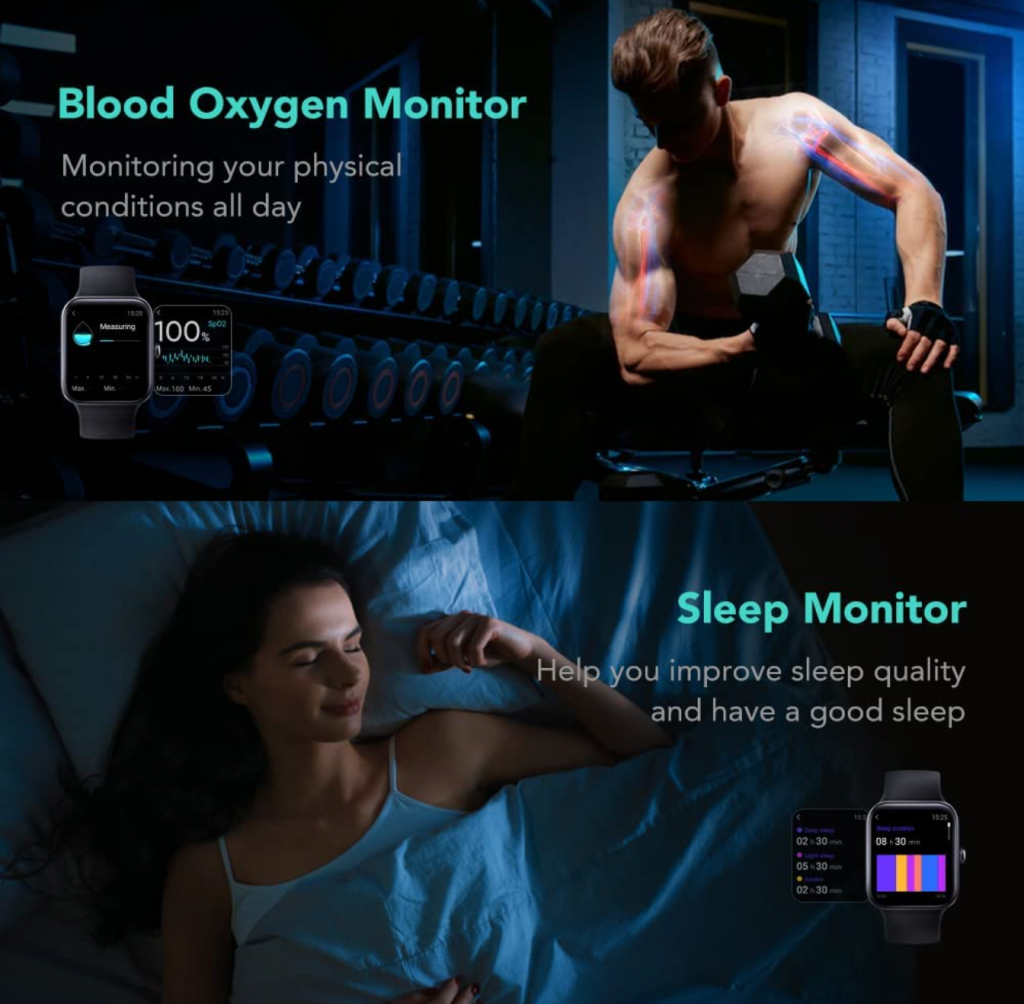
Well, the accelerometer once again provides the answer. Using this sensor, your tracker can determine if you’ve been lying still for a prolonged period, interpreting this as the beginning of sleep.
After that, the tracker will rely on the accelerometer and gyroscope to record your movements during sleep. It will also consider your heart rate and conclude how well you slept.
Once you wake up, you’ll be able to see how long you slept and have an insight into the periods of light and deep sleep.
How Does a Fitness Tracker Measure Calories?
Your fitness tracker uses algorithms to determine how many calories you’ve burned while resting or doing a specific activity. These algorithms consider several factors.
Your Basal Metabolic Rate
When setting up your fitness tracker, you’ll be asked to enter your gender, age, weight, and height information. Using this data, the tracker will calculate your basal metabolic rate (BMR). Simply put, this figure shows how many calories your body burns for its basic functions.
Your basal metabolic rate will be the starting point for calculating how many calories you’ve burned. Other important details include your activity level and the food you consume.
Your Activity Level
Your fitness tracker will monitor your activities throughout the day and determine your activity level based on the following factors:
- Activity type
- Duration
- Effort
The algorithm will use this data to calculate how many calories you’ve burned by performing the specific activity.
By combining your BMR and the number of calories burned through activities, you’ll know how many calories you’ve burned in total during that day.
However, that’s not all there is to it. The last piece of the puzzle is your food intake, as you must consume calories during the day, not just burn them.
Your Food Consumption
If you want an accurate reading of your daily calorie expenditure, you should get a tracker that allows you to enter information manually. It’s essential to be as detailed as possible when doing so. The most crucial piece of information is your daily calorie intake.
If you wish to lose weight, you should consume fewer calories than your body can burn. Maintaining weight means matching your food intake with the sum of your BMR and calories burned. And finally, gaining weight involves consuming more calories than your body burns through basic function and exercise.
How Does a Fitness Tracker Measure Heart Rate?
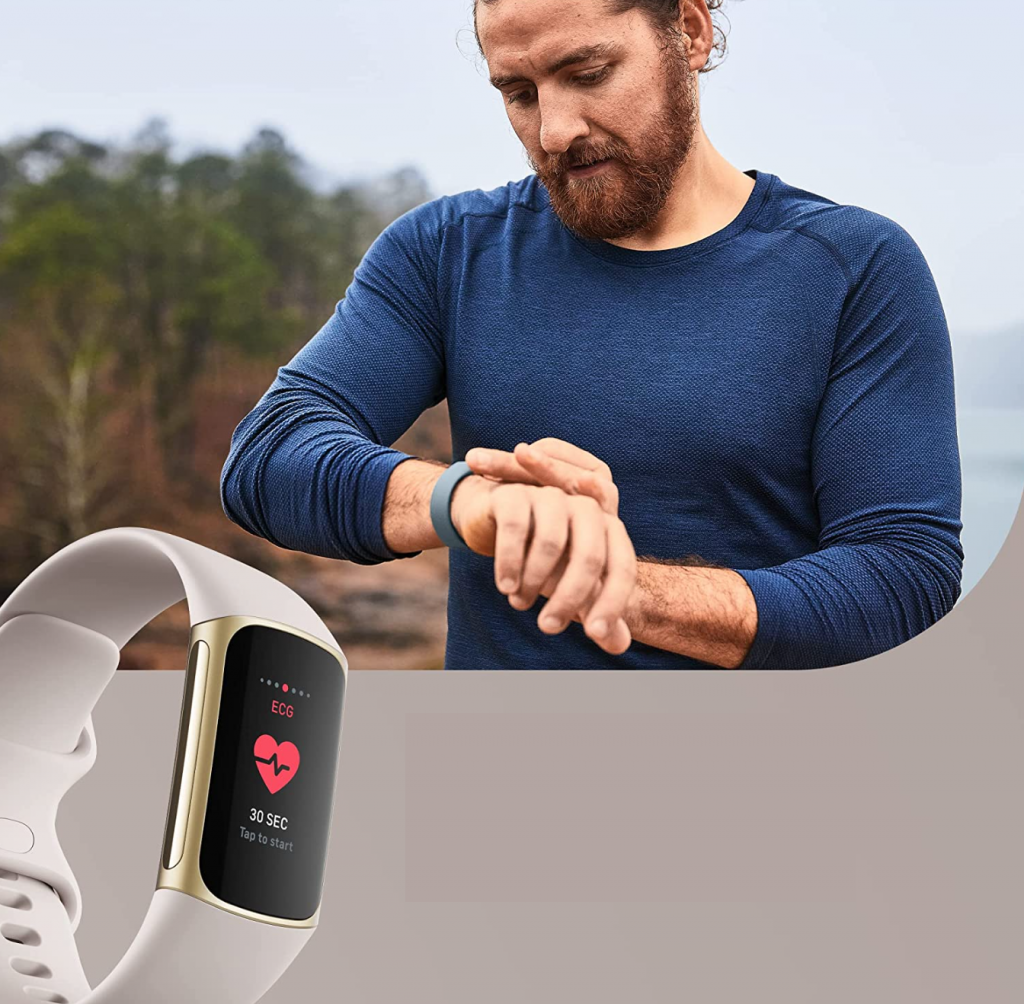
Our blood absorbs green light, which is why optical sensors always take this form. You can typically see a green strobe light on the underside of your fitness tracker. The gadget uses this light to measure the difference in light absorption and calculate your heart rate. This process is called photoplethysmography.
How Does a Fitness Tracker Count Floors Climbed?
If you’ve bought a fitness tracker with an altimeter, it will detect elevation when you go up steps. The device will typically register 10 consecutive feet climbed as one floor.
How Accurate Are Fitness Trackers?
The accuracy of a fitness tracker can vary significantly based on its type and level of personalization. Different trackers use different sensors to measure what you’re doing, which, in turn, use different algorithms to convert the raw data into easily digestible statistics.
Measuring your fitness tracker against information that’s well known to you might be the easiest way to check how accurate your tracker is. For example, check if it accurately represents the distance between work and home.
However, the problem usually lies in smaller movements. Some trackers might interpret a bumpy car ride as an exercise, throwing off the reading’s accuracy.
Regardless of these details, try and contribute to the tracker’s accuracy. This entails inputting precise information when you set up the device and every subsequent day, depending on the requirements.
At the very minimum, the tracker will give you a good idea of your daily activities and point you in the right direction. This data will probably be enough for people trying to live a healthier lifestyle. Professional athletes and people battling complex health issues should always consult a physician and invest in a more intricate piece of equipment.
Counting Steps
Counting steps is usually one of the most accurate components of a fitness tracker, especially when worn in your back pocket or on your hip. Wrist trackers can sometimes mistake other movements for steps or not count the steps of people with slower movements.
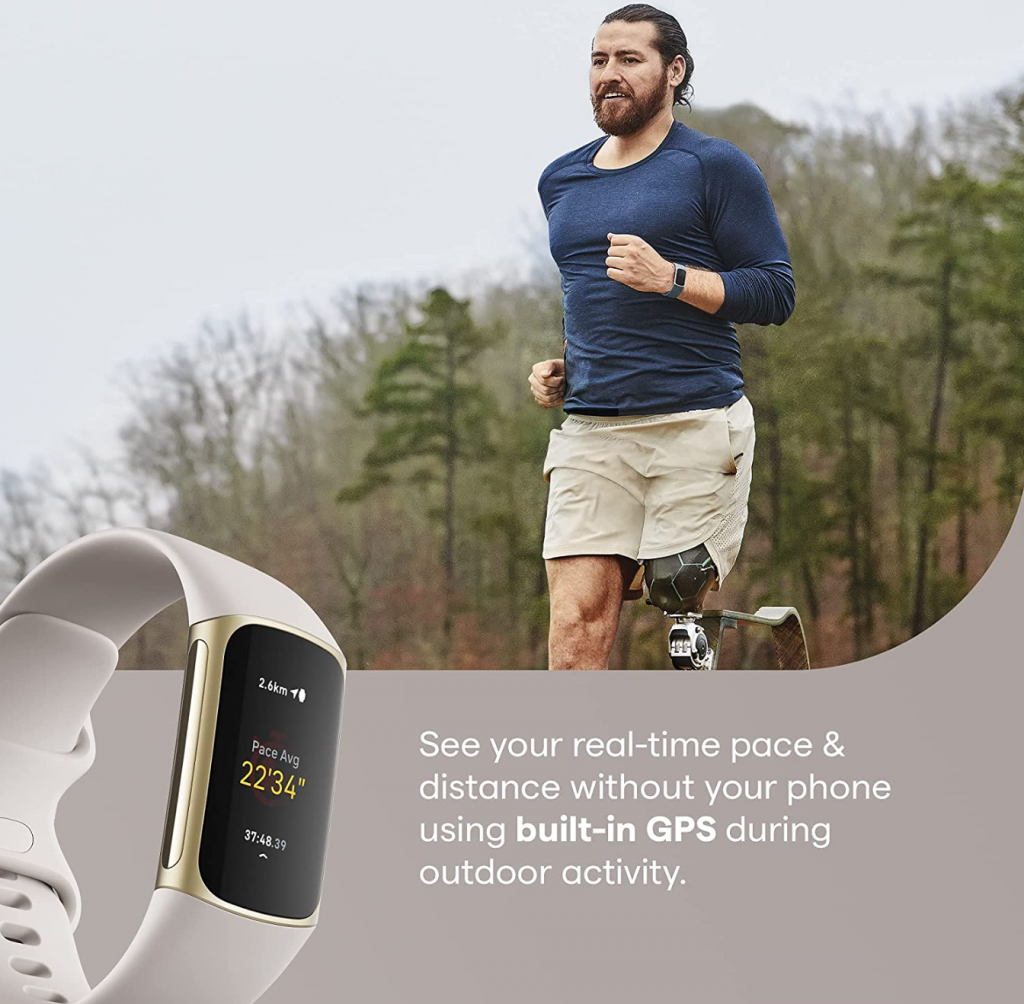
The best method of determining how accurately your tracker counts your steps is to compare it against your smartphone. Spend a day with both devices on your person and check the readings at the end. If the reading on your wrist tracker differs significantly from your smartphone, your device isn’t the most accurate in this regard.
If you are adamant about wearing a wrist tracker, try not wearing it on your dominant wrist. This switch will prevent the tracker from confusing various arm movements with steps.
Measuring Calories
Measuring calories might be the least accurate component of a fitness tracker due to a high level of individuality when it comes to burning calories.
To ensure the reading is as accurate as possible, you can try the following:
- Entering precise information about your basic physiological characteristics
- Accurately reporting on daily food consumption
- Using a tracker that measures heart rate, body temperature, and perspiration
That said, a fitness tracker will give you a decent, general idea of how many calories you burn daily. Consider devices that can also measure your respiratory rate for a more precise reading.
Monitoring Sleep
Fitness trackers can tell you how many hours of sleep you get per night relatively accurately, but the accuracy of measuring sleep quality is debatable.
Some manufacturers claim their devices track various stages of sleep using several sensors. However, you can transition between sleep stages without moving, so it would be best if you didn’t rely on these devices for more severe sleep disorders.
These cases require devices that monitor eye movements or measure brainwaves as the switch between sleep stages primarily occurs in the brain.
Keeping Heart Rate in Check
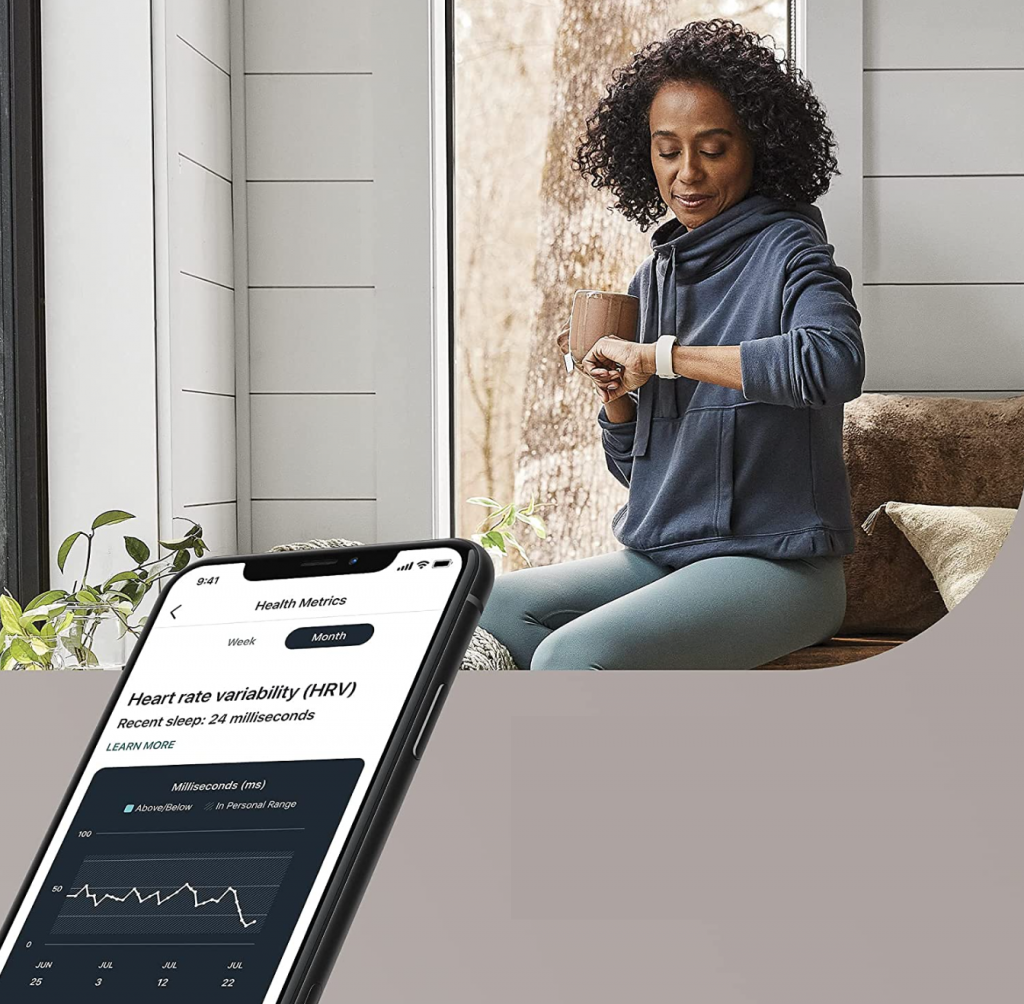
Your fitness tracker measures your heart rate, most precisely when you’re resting. Unfortunately, vigorous activity can mess up the reading quite a bit. Still, if you use an app to keep track of your heart rate, the average value will probably be pretty close to an accurate reading.
How Can a Fitness Tracker Help You?
Regardless of the accuracy, a fitness tracker can help you strive toward a healthier lifestyle. Depending on the model, this compact device and the accompanying app can motivate you to:
- Set and accomplish fitness goals
- Stay active daily
- Burn a specific number of calories
- Drink a set number of glasses of water
- Improve your overall fitness level
- Share your progress online and receive feedback
When choosing a fitness tracker, therefore, go for devices that can provide you with the features necessary to achieve the goals you have in mind. On top of that, the tracker should present the collected data in an easily understandable manner.











